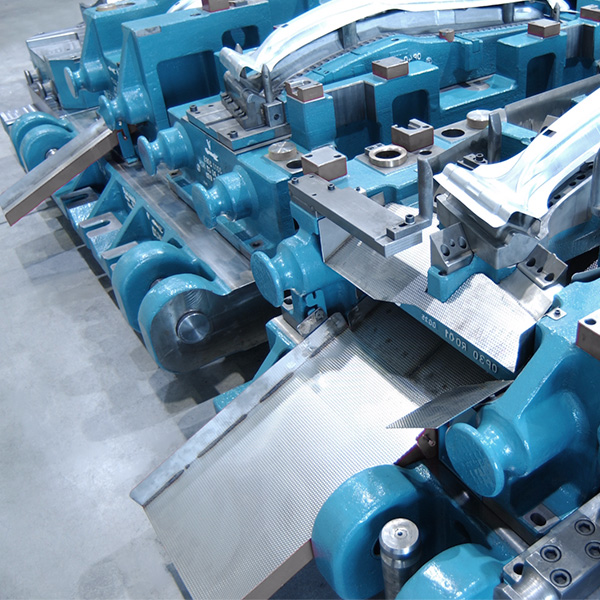The joint research project, titled "New Methods in Tool Manufacturing," focused on improving the lifespan of trimming tools, which play a crucial role in metal and sheet metal processing. The key innovation was to perfectly align the cutting edge, clearance, and overcut with specific job requirements. Over several months, the developed cutting tools were tested for their durability in a field trial.
The results were impressive: thanks to the new geometry, trimming tools exhibited significantly less wear and achieved a much longer lifespan. This not only increases tool availability but also extends maintenance intervals, thus substantially reducing maintenance costs. "This results in significant potential for savings in production, benefiting not only weba but also our customers," emphasized Herbert Danzinger, CEO of weba.
Originally, attempts were made to increase tool lifespan by using alternative tool materials, but without the desired cost-benefit effect. The decisive optimization was achieved through the change in cutting geometry, with the results even surpassing theoretical calculations. This groundbreaking insight is now being incorporated into the further development of all weba trimming tools.
"The importance of such field trials with strategic partners and customers cannot be emphasized enough. They are crucial for our long-term success," explained Herbert Danzinger, who also highlighted the significance of future research projects. The tool manufacturing company weba in Steyr continues to rely on innovation and partnerships to provide the industry with groundbreaking solutions.
This research breakthrough marks a significant step in tool technology and underscores the commitment of weba and TU Graz to outstanding innovations in tool manufacturing. The revolutionary tool geometry will undoubtedly transform efficiency and cost-effectiveness in the manufacturing industry.
